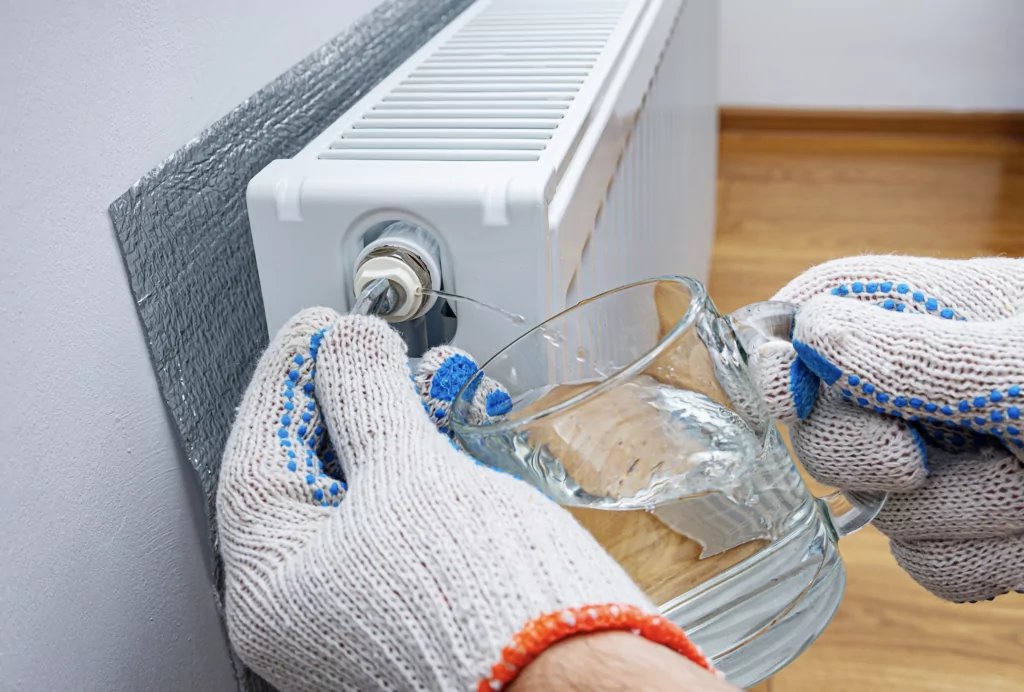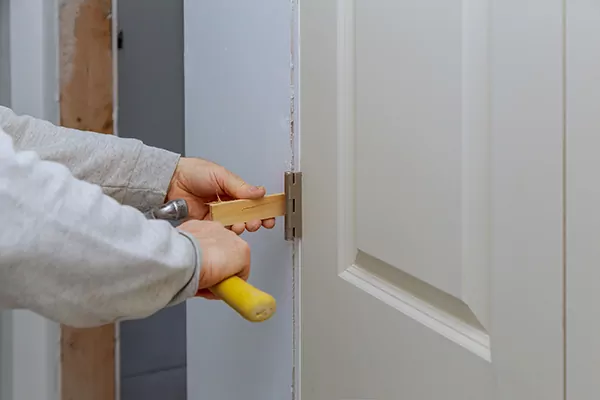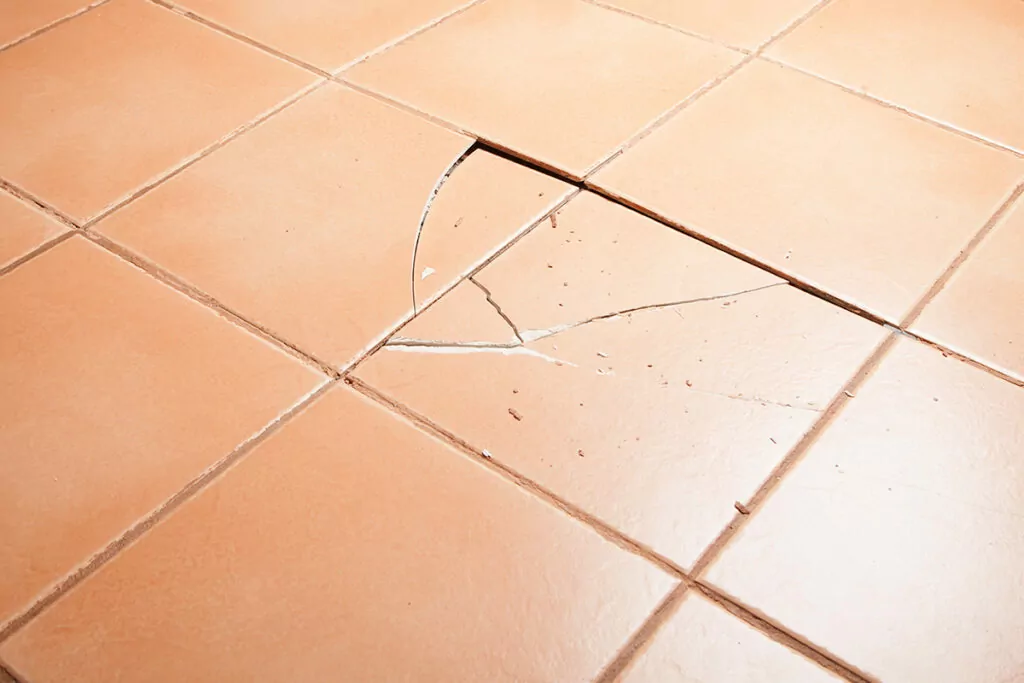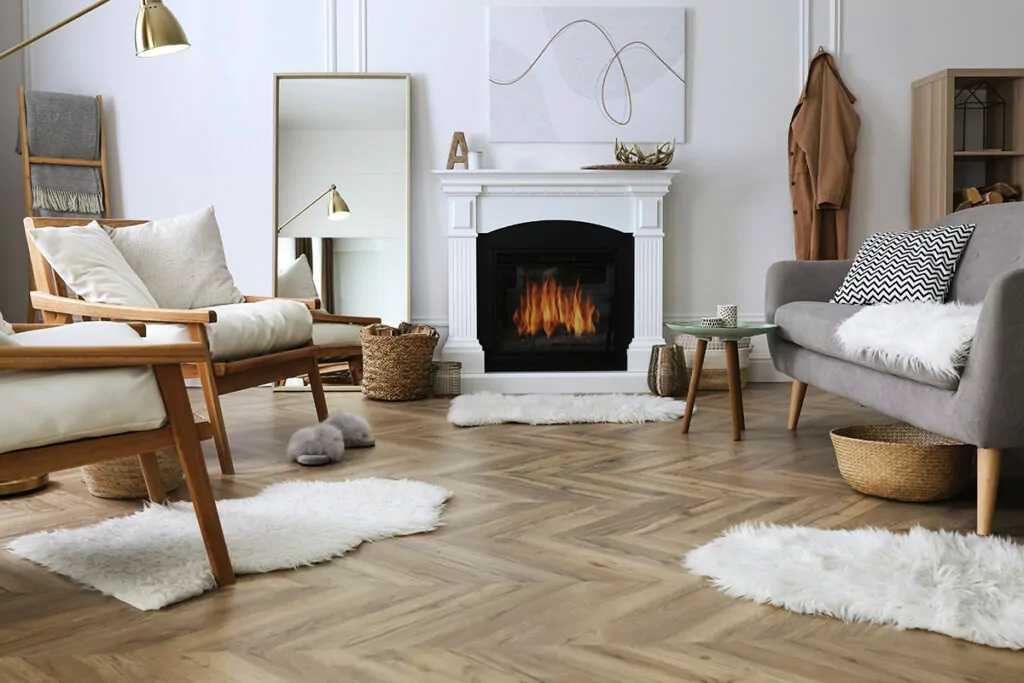If your radiators aren’t heating up properly, it’s probably time to remove trapped air from inside the pipes by bleeding them. But don’t worry – bleeding your radiators is a quick and simple task that you can do on your own or with the help of a Tasker.
Read on for our helpful guide on how to bleed your radiators and get your home feeling toasty and warm again.
How to bleed a radiator: step by step
- Make sure your heating is turned off. Never bleed radiators when the heating is on, because you risk burning yourself with the hot water that circulates through them.
- Identify the radiator’s bleed valve. This small valve is usually located on the top left or right of the radiator, and it looks like a round hole with a square inside.
- Using a radiator key (or a flathead screwdriver), slowly turn the bleed valve anti-clockwise. While you’re doing this, hold a cloth or a jug underneath the bleed valve to catch any water.
- As you turn the valve, you should hear a hissing sound. This is the air escaping from the radiator.
- As soon as water starts to leak out of the bleed valve, turn the valve clockwise to close it.
- Repeat with all of the radiators in your house that need bleeding.
- When you’re done, check the water pressure gauge on your boiler. It should be between 1 and 2 bars, but bleeding radiators can cause it to drop. If it’s below 1, you’ll need to repressurise your boiler.
- Turn your heating on. Your radiators should now heat up more efficiently.
When to bleed radiators
You should bleed your radiators if you notice that they aren’t getting as warm as they should be. Here are a few common signs that it’s time to bleed your radiator:
Radiator is cold at the top
If your radiator is warm at the bottom but cold at the top, it’s a sign that air pockets are stopping the hot water from reaching the top of the radiator. By bleeding the radiator you can release this air and get it working efficiently again.
Radiator is making strange noises
Although some clicking and creaking is normal when the heating is turned on, loud banging or gurgling noises suggest that there is a problem. Trapped air often causes noises like this when it can’t escape from the radiator, but bleeding it should stop this.
Entire radiator is cold
If your radiator is not heating up at all, this could be a sign of a bigger problem. But before you call in the experts, bleeding the radiator is a good place to start.
How often should I bleed my radiators?
We recommend bleeding your radiators once a year. The best time to do it is in the autumn, just before you start to put the heating on regularly as the weather gets colder.
If you find that you need to bleed the radiators more than once a year, it’s a good idea to call a plumber to check that your heating system is working properly.
Key takeaways
- Bleeding a radiator is a simple task that helps your heating system to work efficiently.
- You should bleed your radiators once a year in the autumn, or whenever you notice that a radiator is not heating up properly.
- Never bleed radiators when the heating is on, as you are at risk of scalding yourself with hot water.
- If bleeding the radiators does not fix the problem, call a professional to help.
If you’d prefer to call in the experts, hire a Tasker with plumbing experience.








